Battle of One Tree Hill, Australian Frontier Wars
Reading time: 7 minutes
The Battle of One Tree Hill in 1843 was one of the largest battles in the Australian frontier wars, taking place at what is now known as Tabletop Mountain, Toowoomba, QLD. A confederation of Aboriginal nations lead by Jagera man Multuggerah overwhelmed a group of armed European settlers who were attempting to occupy the Darling Downs and Lockyer Valley. This group of Aboriginal nations was known as the mountain tribes alliance and brought together several groups who hadn’t traditionally been aligned with each other.
By David Phillipson.
History Guild would like to acknowledge the Boonwurrung people, the Traditional Custodians of the land on which we are based, and pay our respects to their Elders, past, present and emerging.
Leadup to Battle
Europeans began moving into the Darling Downs and the Lockyer Valley in 1840-41. They established sheep runs, which disrupted and displaced the local Aboriginal people and their use of the land. This conflict between the Europeans and Aboriginal people escalated, with attacks by Aboriginal people on settlers and vice versa. What tipped the conflict into full blown warfare was the mass poisoning of approximately 55 Aboriginal people by the European squatters at Kilkoy station. This event involved the squatters giving the Aboriginal people a gift of flour which had been laced with strychnine. This type of deception was clearly against the chivalric codes that European militaries followed at the time, and would be codified as a war crime when the laws of war were formalised in the following decades. This despicable act incensed Multuggerah and the mountain tribes alliance and motivated them to stage a full uprising against the squatters.
There were widespread attacks on the squatter’s runs, with all the runs in the Lockyer Valley being under siege from Aboriginal warriors. The main track leading to the squatter’s runs was also closed by the Aboriginal warriors’ attacks. The squatters decided to force the track open, sending a column of 3 bullock drays with 18 armed men in the attempt. Each of these drays was a large cart packed with supplies and equipment pulled by a team of up to 12 bullocks. This was the beginning of the battle of One Tree Hill.
Ambush
Multuggerah had anticipated this approach and planned an ambush. Mountain tribes alliance warriors had placed logs across the road as well as blocking the sides of the road with saplings stitched between the trees. When the dray column stopped to dismantle the barricades, over 100 warriors attacked from where they had been concealed in the creek bed beside the road. The surprised Europeans turned and ran, leaving the bullocks and drays. They regrouped at Bonifant’s Inn, 34 kms away in what is now Gatton. The warriors sacked the dray column and held a celebratory corroboree, feasting on some of the bullocks at a camp nearby.
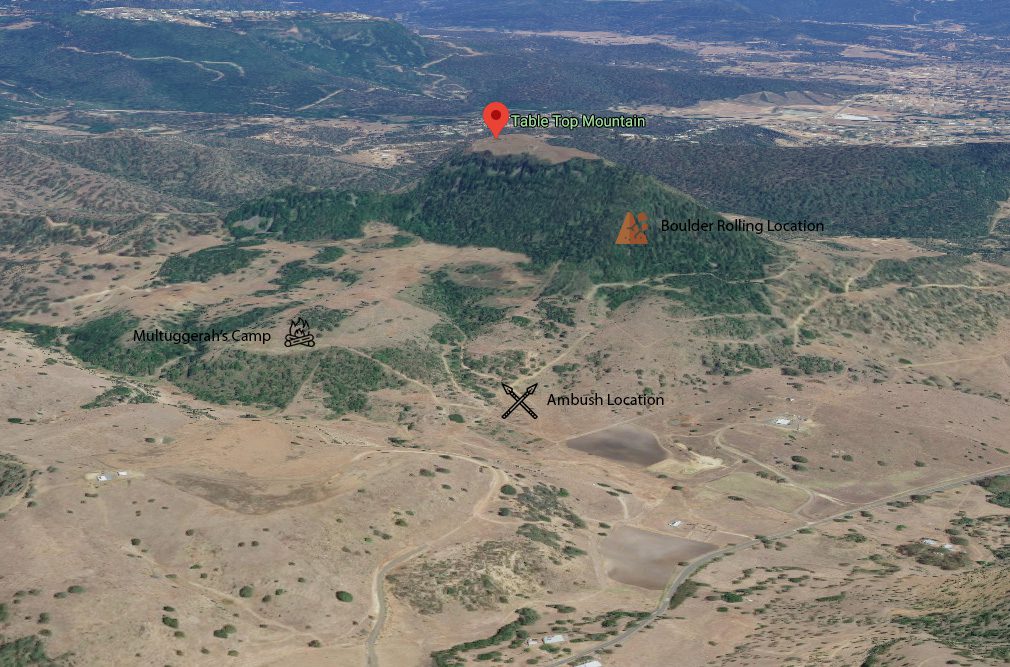
Pitched Battle
At Bonifant’s Inn the European squatters sent out a call for reinforcements to join them on a second attempt to force their way along the track. After gathering a larger party of between 35 and 50 armed men they set off once again. They returned to the site of the ambush and from there searched for the mountain tribes alliance warriors’ camp. They discovered it around dawn and attacked immediately on horseback, catching the warriors by surprise. Quite a number of the warriors were killed or wounded, one European squatter was wounded by a spear.
The warriors retreated up One Tree Hill to a planned defensive position where they had stockpiled boulders and stones. From here they rained spears, rocks and boulders down on the attacking European squatters. Several squatters were wounded and their advance was halted. Unable to make progress up the hill they retreated, sacking the warriors’ camp as they withdrew. They set up camp at the site of the initial ambush of the drays and awaited reinforcements.
Dr Simpson, who was the commissioner for crown lands, and 6 men of the border police arrived the following day, but decided that another assault without significant reinforcements was inadvisable.
Gathering all the armed men that could be found
It became clear to Dr Simpson that a much larger force was needed to defeat Multuggerah and the mountain tribes alliance warriors. A wide call was put out for European men to join the attack, as well as summoning most of Moreton Bay’s soldiers and police. In total 75 to 100 armed men were assembled for the assault.
This force attacked up the track and overcame the mountain tribes alliance’s defensive position. Many of the warriors were killed in the ensuring pursuit. The surviving warriors withdrew through the more densely wooded areas to force the Europeans to dismount and lose the advantage their horses gave them. After being pursued for about 50km Multuggerah and his group reached safety in the dense Rosewood scrub, where they set up a concealed camp.
Raids and trackers
The warriors continued their attacks on the squatter’s runs from this base in the Rosewood scrub. The most successful of these involved an attack on the McDougall station near Ipswich. Between 60 and 80 warriors took part in the attack, driving all the Europeans off at spear point. The huts and buildings were plundered, with everything that wasn’t taken destroyed.
After this raid the squatters, assisted by Aboriginal trackers, found and stormed the Rosewood scrub camp. Many of the warriors were killed, including several of the leaders, although Multuggerah escaped. A large cache of weapons in the camp were destroyed.
After this action the main force of mountain tribes alliance was dispersed or destroyed. Smaller groups of warriors continued raids on squatter’s runs for another 5 years, but in much smaller groups.
More Perspectives on the Battle
There is an interesting article in The Guardian, ‘Battle of One Tree Hill: Remembering an Indigenous victory and a warrior who routed the whites‘, which discusses recent remembrance and commemoration of the battle.
The recognition of the Battle of One Tree Hill is in significant part due to the work of Dr Ray Kerkhove and Frank Uhr. Their book The Battle of One Tree Hill – The Aboriginal Resistance That Stunned Queensland is a great read.
It is very interesting to note how this work has changed the way Multuggerah has been remembered. Until recently this episode of Australian history was recorded quite differently. Here is the text from the monument to Multuggerah in Toowoomba which was dedicated in 2005.
‘Memorial plaque in honour of Multuggerah, recognizing the defence of a site of spiritual significance of his people at One Tree Hill, as Tabletop was then known.
Multuggerah was a spiritual leader of the Jagera nation in the 1830’s and 40’s. He was charged with ensuring that sites of spiritual significance were protected. With white settlers encroaching on their traditional lands, aboriginal leader Multuggerah, one of the last warriors of the Jagera Tribe, and his people were forced to resort to robbery and sheep stealing, retreating to Tabletop to hide. Multuggerah was killed on the mountain during one of the battles with white settlers.’
This is in stark contrast to more recent awareness about Multuggerah’s fierce resistance to European occupation. It is now more accurately remembered as a battle that formed part of the long war between Europeans and Aboriginal people.
Dr Ray Kerkhove and Frank Uhr’s work is one of the primary reasons this change of perspective and awareness has come to light.
SBS The Feed explores the frontier wars in the video below.
Dr Timothy Bottoms video ‘A conspiracy of Silence, Qld’s frontier killing times’ examines the situation in Queensland before, during and after the Battle of One Tree Hill.
Visit the Battlefield
You can visit the site of the Battle of One Tree Hill at Tabletop Mountain, near Toowoomba, QLD. You can walk the battlefield, which always provides you with a better perspective of what it must have been like for those fighting on it. Details of the walk are available from Aussie Bushwalking and Weekendnotes.
Here are two good podcast episodes that tell the story of the battle.
Articles you may also like
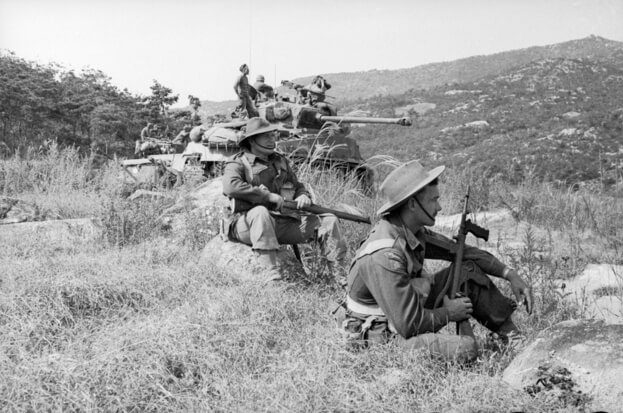
‘Australia’s smallest peacekeeping force’ in the unknown prelude to the Korean War
In the years leading up to the Korean War, the two future combatants were already fighting each other in a virtually undocumented guerrilla war. North Korean infiltrators and Republic of Korea (ROK) combat units skirmished inside South Korean borders for most of 1949 and early 1950. Thousands were killed. Both sides were accused of provocation and starting local engagements.


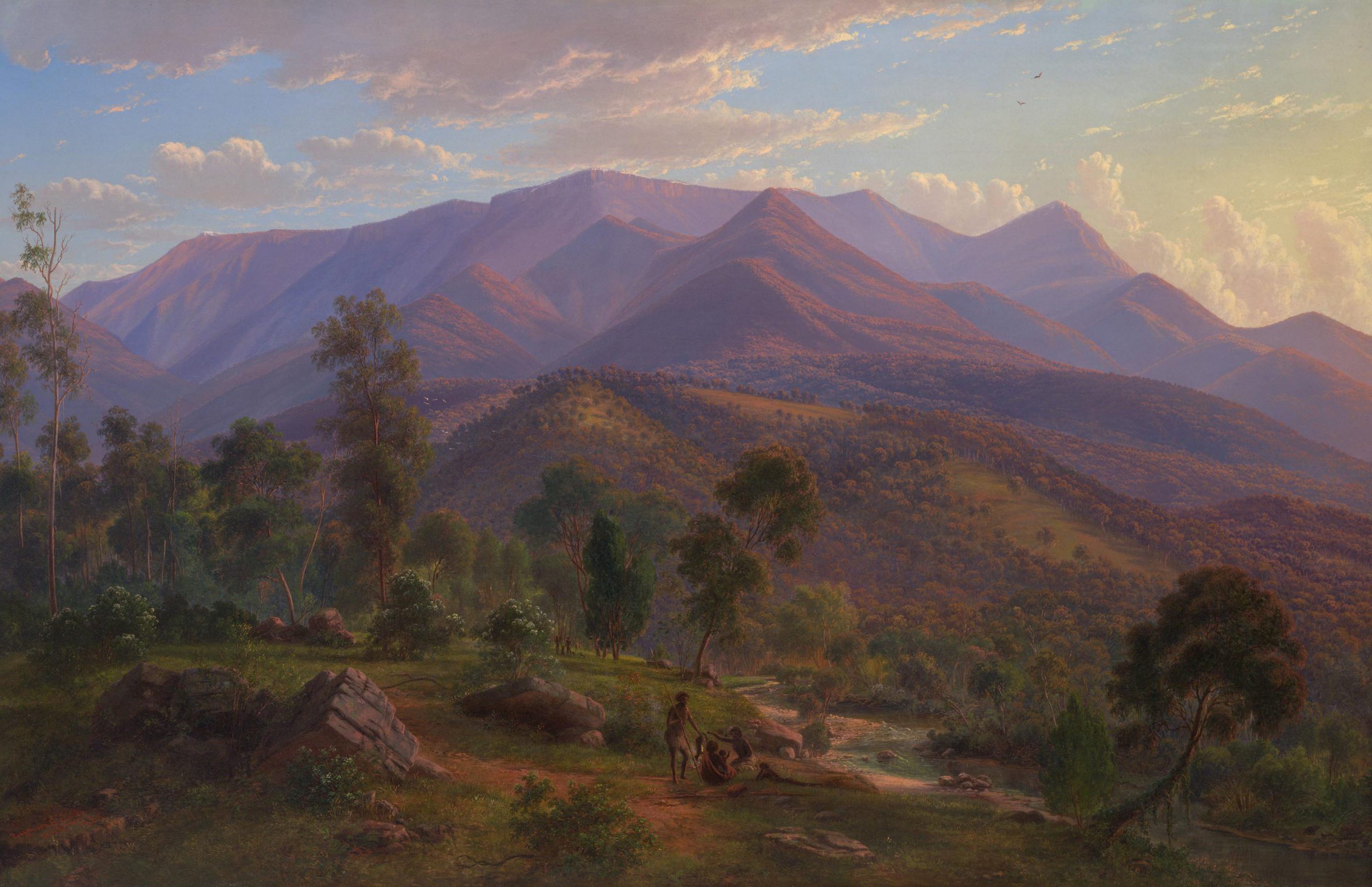
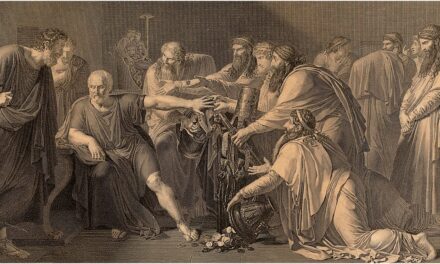
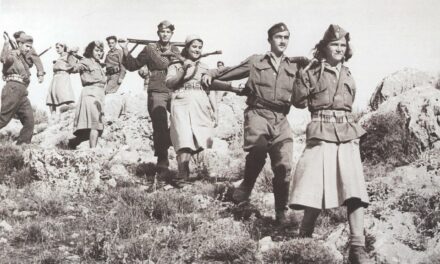
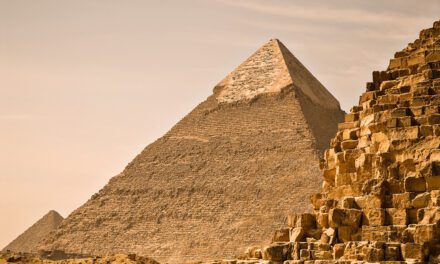

great story